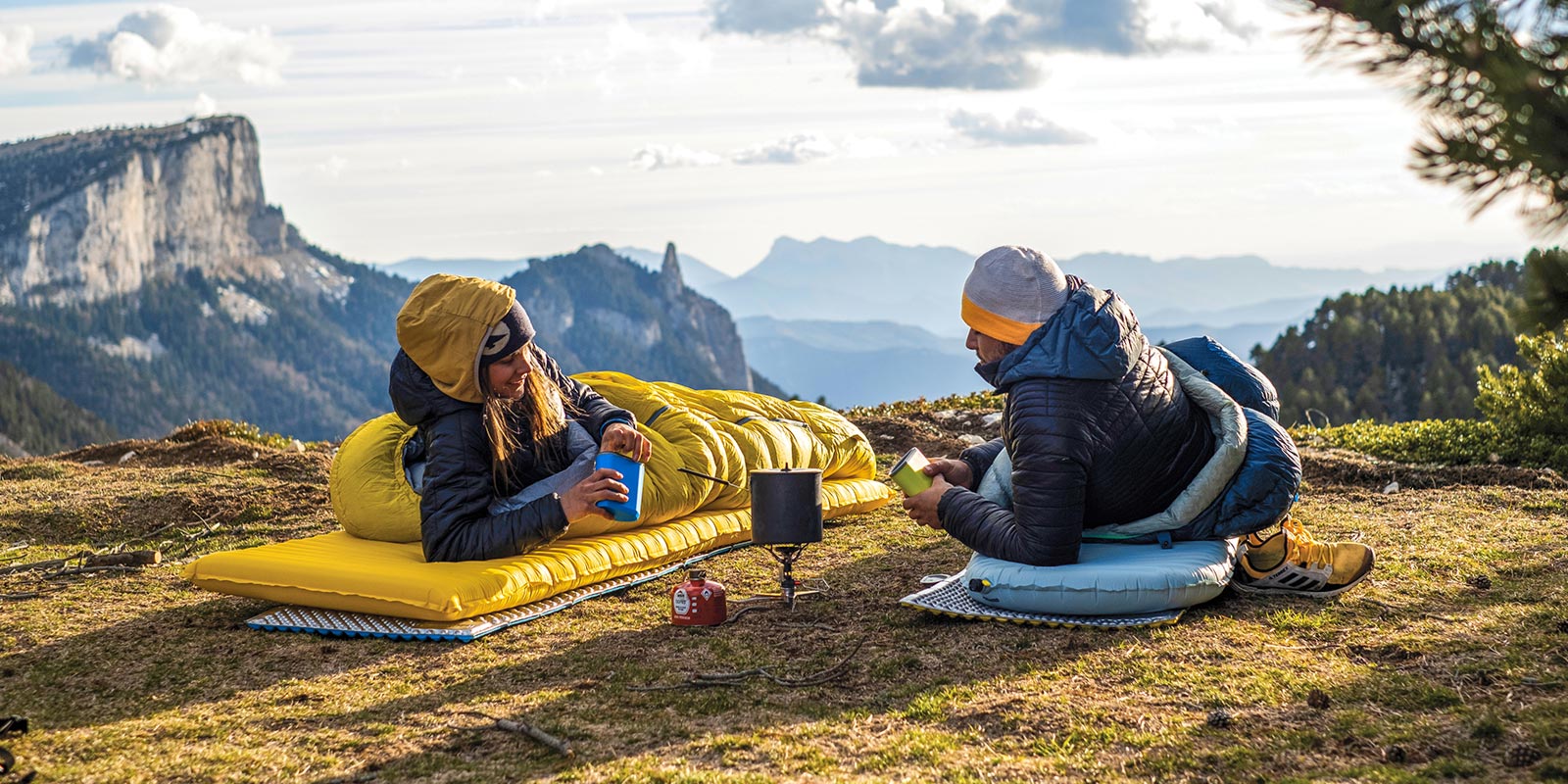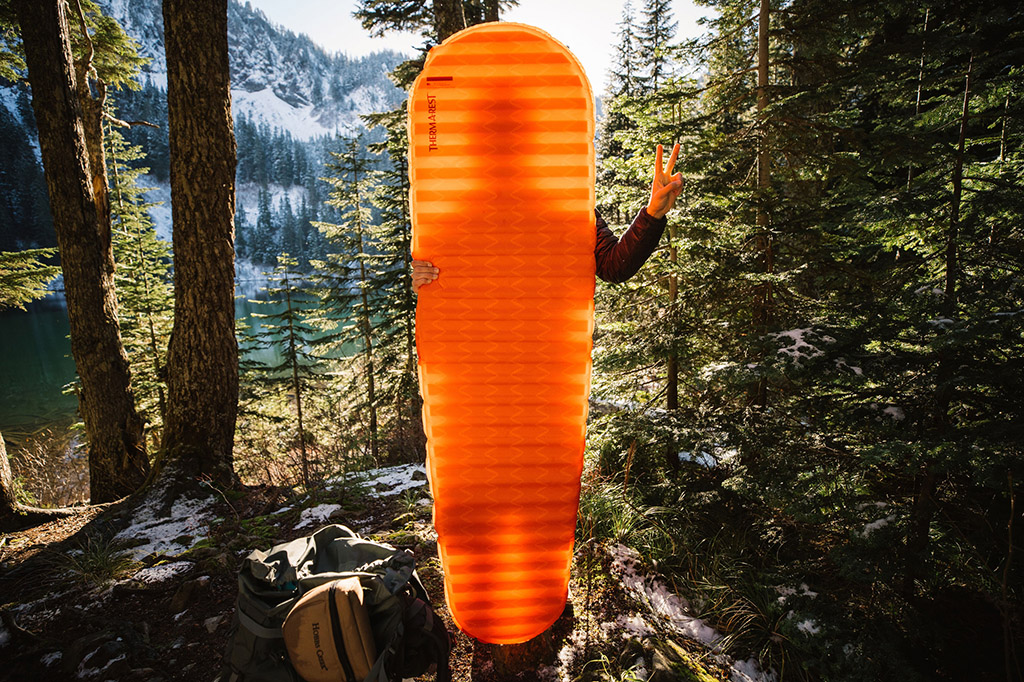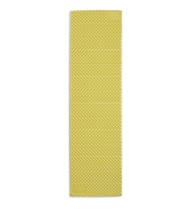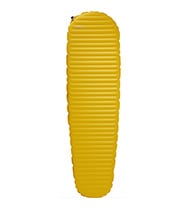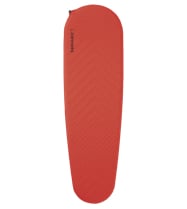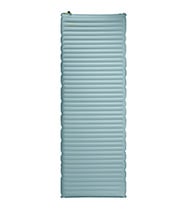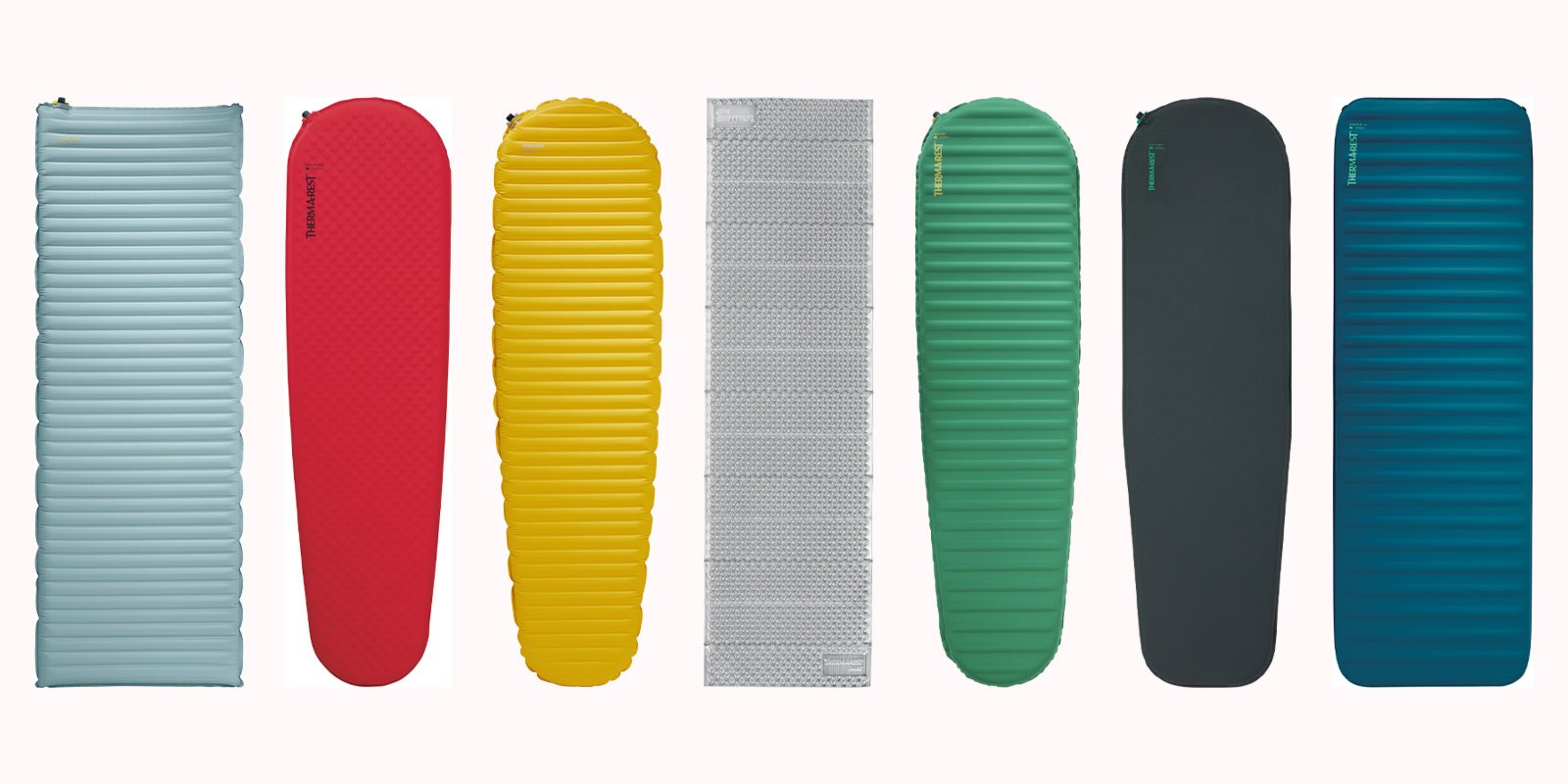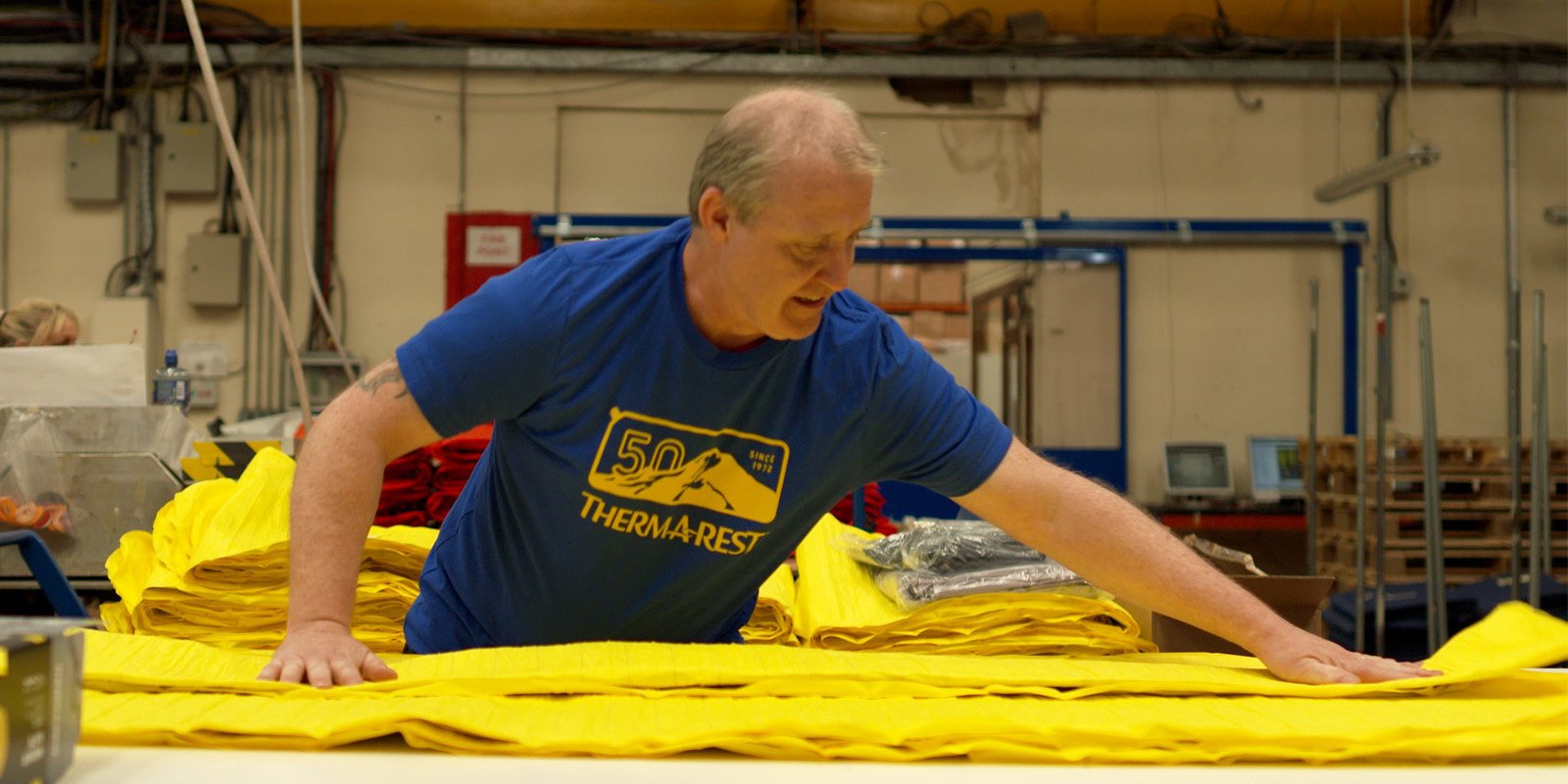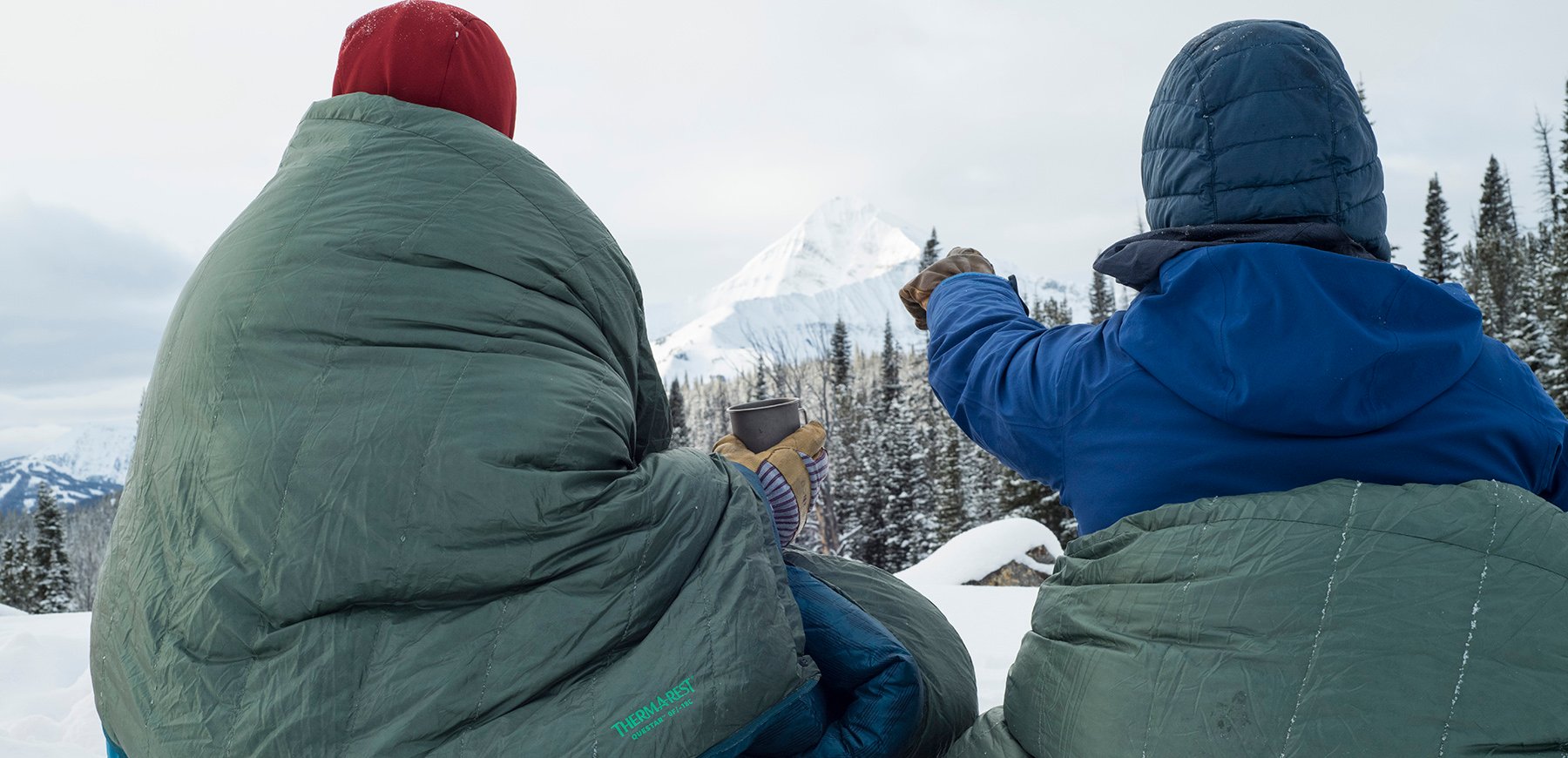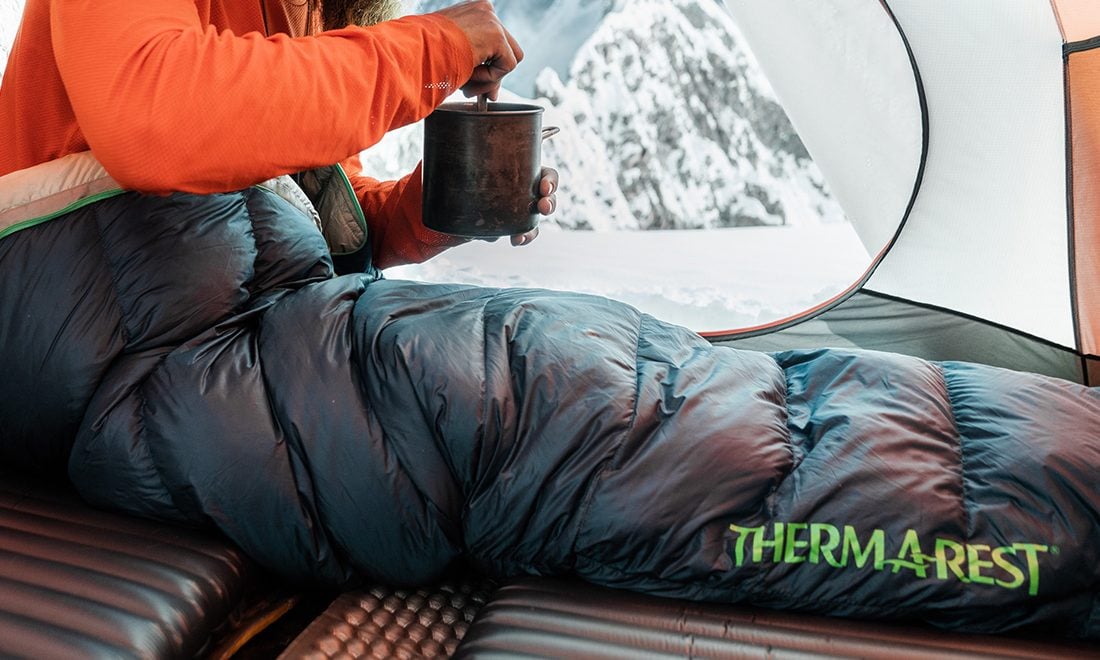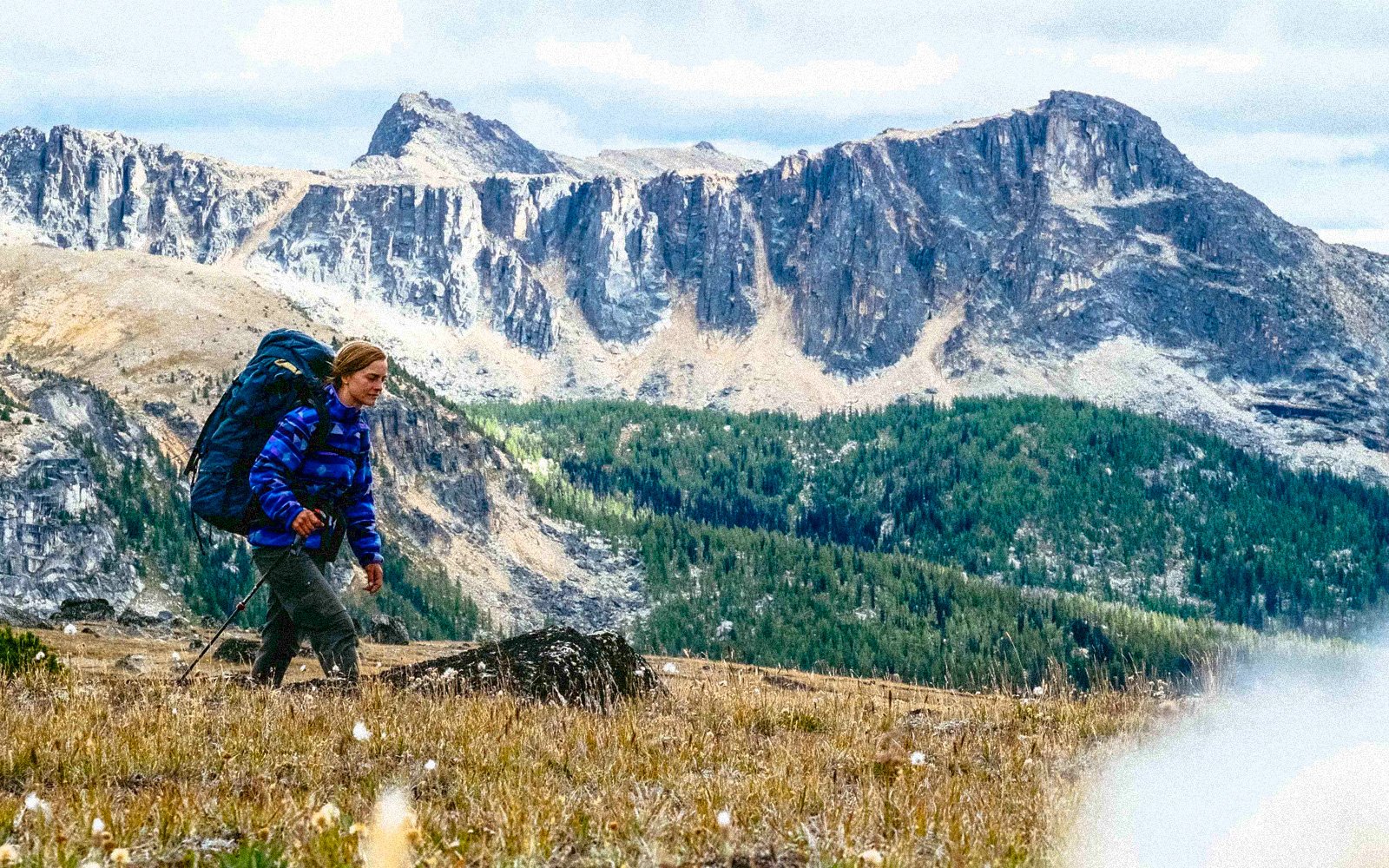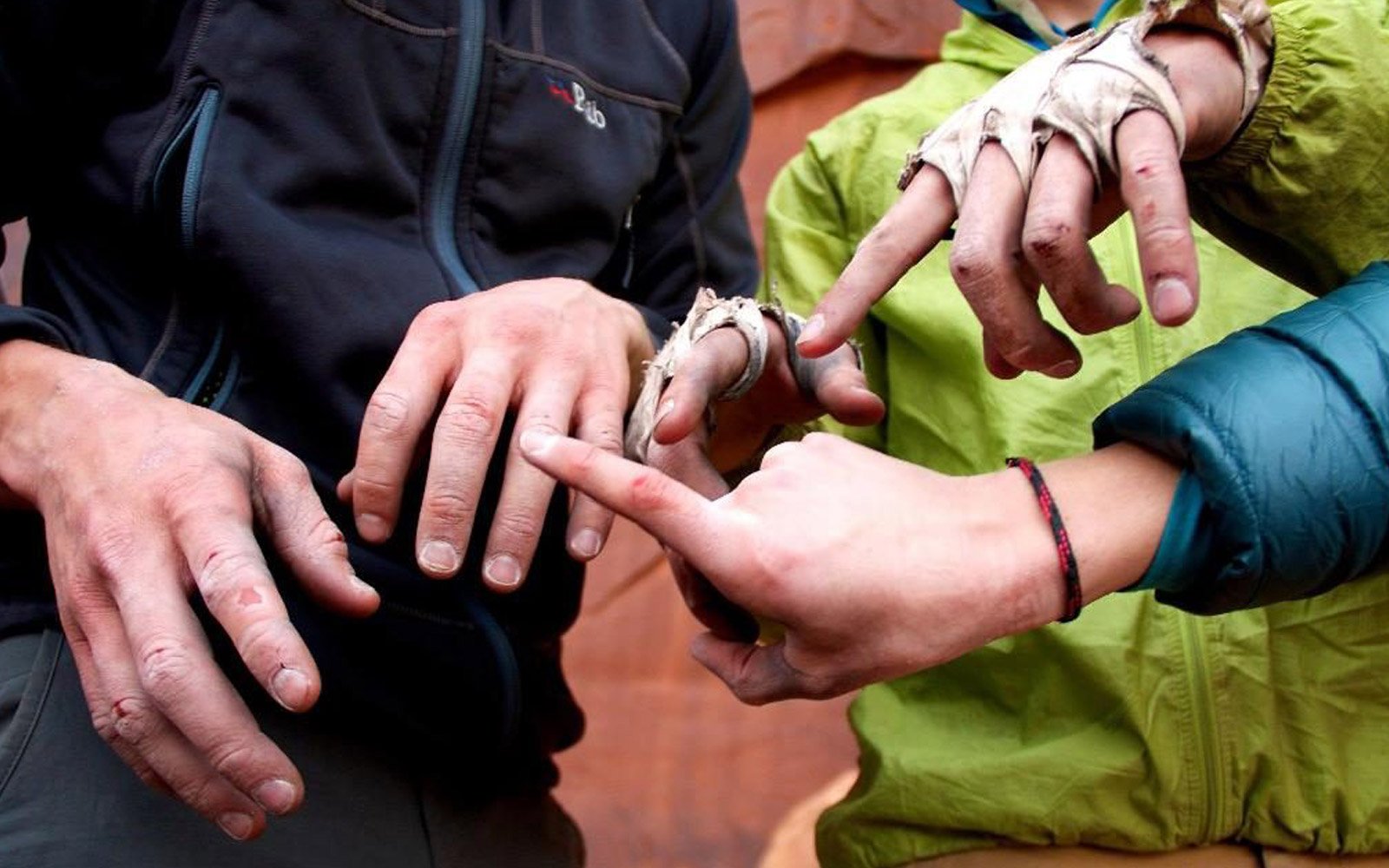This handy guide is intended to help you choose the right sleeping pad–the one that gives you the best possible outdoor sleeping experience. By understanding how you camp and when you camp, you can pick right balance of comfort, warmth weight and compactness, matched to your specific needs and conditions for the best night possible under the stars.
If you’re a visual learner and would prefer to skip to the infographic, click here.
Step 1: What Kind of Camper Are You?
Take a look at what kind of adventuring you do. Are you a gram-shaving thru-hiker, or a weekend warrior, backpacking on occasional weekends? Maybe car camping is your thing and your must-have piece of gear is a properly stocked cooler? Those three types of users are the inspiration for our sleeping pad segmentation strategy, aligned with three distinct types of users:
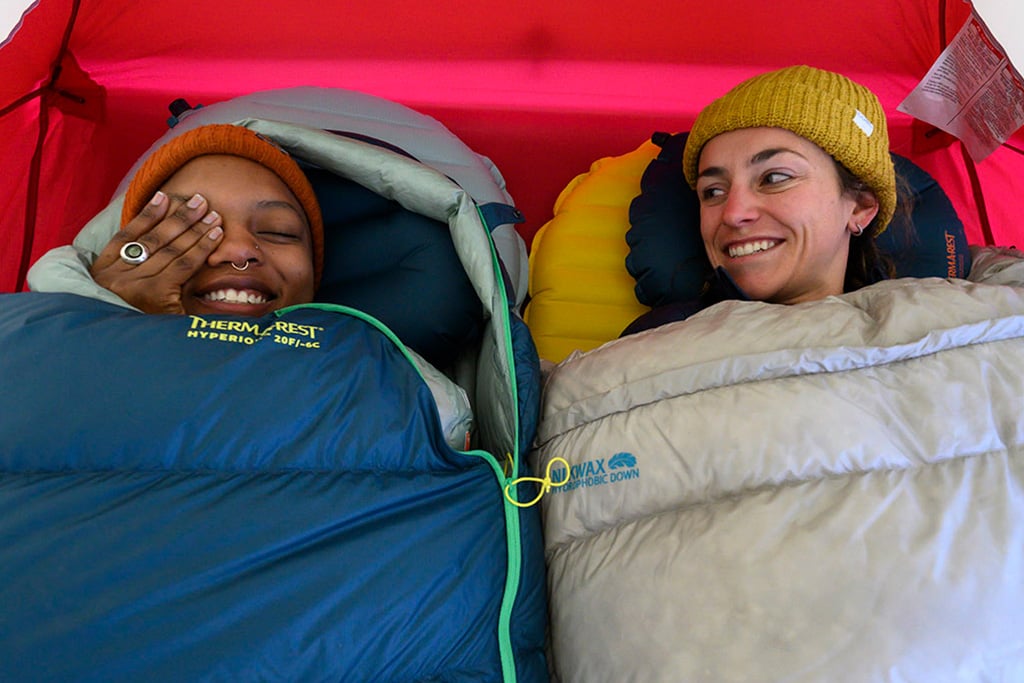
The name says it all. These are our lightest and most compact sleeping pads, ideal for people who prioritize cutting every ounce and excess bit of volume from their backpacks. These pads deliver comfort via our latest technologies and ultralight fabrics for people who are mission focused.

On the other end of the spectrum is Camp & Comfort. These pads are our thickest and most luxurious; ideal for times when you don’t have to carry your pad at all. They’re prefect for car camping, road tripping, lining the back of your SUV or pick-up truck and even using as a guest bed at your cabin in the woods.
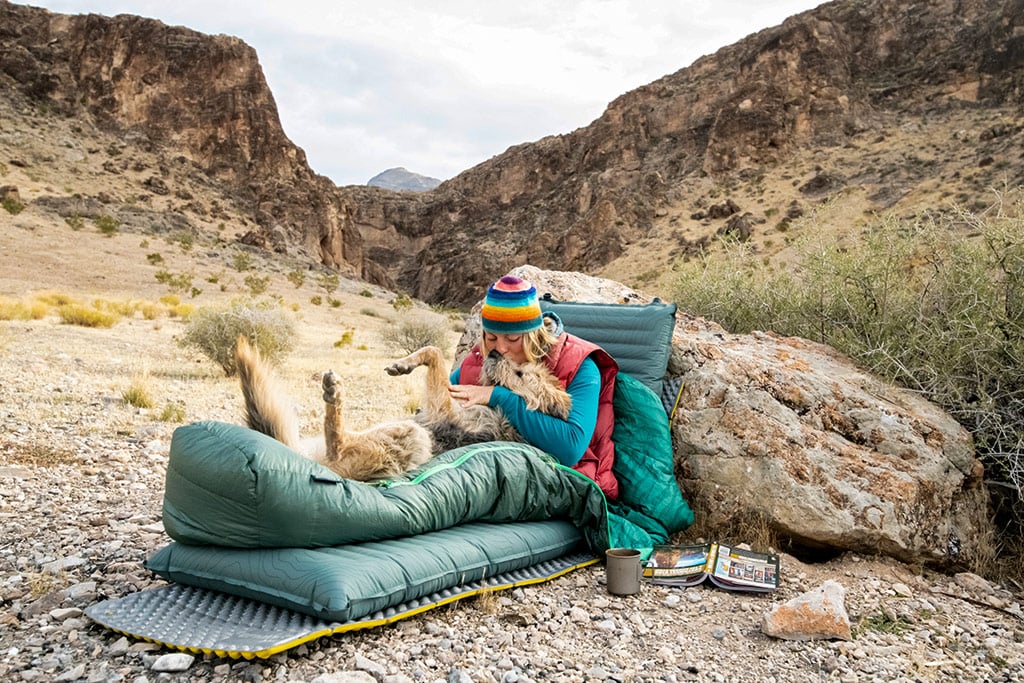
Between these two extremes is Trek & Travel. These sleeping pads are for anyone that’s seeking a bit more comfort and durability over the Fast and Light pads, yet still needs a sleeping pad light and compact enough for a weekend backpacking trip. This is also a great place for new campers to find value and versatility in their first air pad, as they begin discovering what type of user they will ultimately become.
Step 2: When (and Where) Do You Primarily Camp?
Now it’s time to figure out what types of weather and seasons you’ll typically go out in. Consider not just the seasons, but at what altitude and latitude too, as both will affect the amount of warmth you’ll ultimately want in a sleeping pad. And remember, your sleeping pad’s warmth is every bit as important as the type of bag or quilt that you pair it with. Together they are your sleep system and building one to suit your environment is critical, because hot and sweaty nights can be just as miserable as cold and restless ones.

R-Value
We use various technologies within our pads to achieve different levels of warmth, with different priorities for weight and compactness in mind. You can judge a pad’s warmth by taking a look at the R-Value – a measure of thermal resistance. A sleeping pad with a higher R-Value will provide superior insulation and be more efficient at slowing the heat leaving your body. We rate our mattresses via an in-house cold chamber according to ASTM standards, assuring you get predictable comfort variances relative to other pads in our line.
We developed this graphic as a general guide to help you choose the right mattress for your given temperature range:
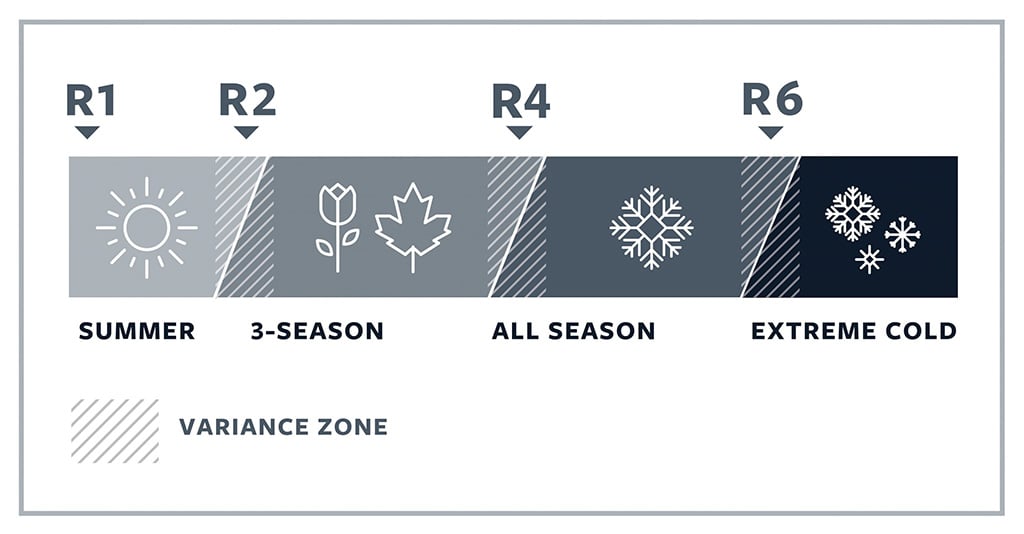
Also factor in how you sleep–warm or cold. That’s where the Variance Zones come into play. While a cold sleeper might use the polar-ready NeoAir® XTherm™ year-round (R-Value 6.9), a warm sleeper might get away with a ProLite™ Apex™ in winter (R-Value 3.8). Some of that can be attributed to how how your engine runs, but key to understanding the broader picture is the concept of the “Sleep System”.

The Sleep System
When thinking about those Variance Zones and extending the comfort range of your pad, it’s critical to account for your entire Sleep System. This includes your sleeping bag/quilt, the clothes you wear to bed and anything else that you might be sleeping on, in addition to your primary sleeping pad. Taken as a whole, your top layer, clothing and your pad are truly a system and you’re not taking full advantage of its versatility without considering them together.
Along those same lines, if you are a year-round adventurer spending nights out at all levels of the thermometer, consider having one dedicated three season pad and using a closed cell pad under it to add extra insulation when the temperature drops. For example: the NeoAir® XLite™ (R-Value of 4.2), on top of a Z Lite SOL™ ( R-Value 2.6) provides a cumulative R-Value of 6.8 – more than enough for a cold winter night, and you’ll get a huge boost in durability on the bottom of the XLite pad as a bonus. Conversely, bringing a cold weather pad in mild weather can let you get away with a lighter and smaller sleeping bag, reducing your overall pack size. As you can see, getting some experience under your belt and understanding what works for you will open up a world of versatility with even a single sleeping pad in your quiver.
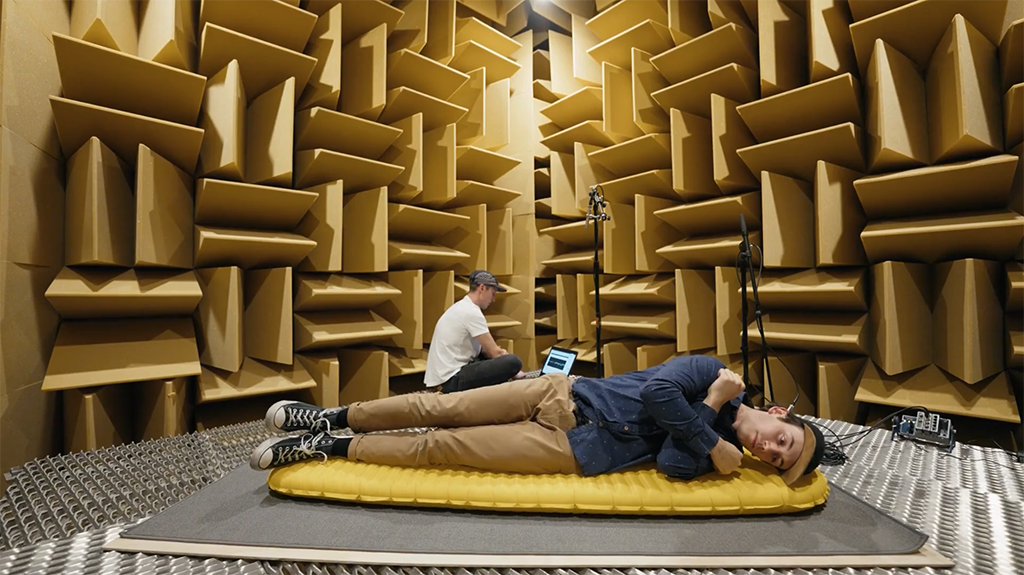
Step 3: Considering Sleeping Pad Construction & Design
Now that you’ve thought about what kind of use you will be putting your pad through, it’s time to decide which model is your best fit. We manufacture three different classifications of sleeping pads: air pads, self-inflating pads, and closed cell foam pads.

Air Pads
Air pads provide the best option for people seeking the most compact solution in a sleeping pad. They provide the best comfort-to-weight ratios of any of our pads. You’ll find them in our most luxurious offerings, as well as in our most technical. NeoAir pads revolutionized how people sleep and travel outdoors by being the first to deliver warmth and stability in a super-compact sleeping pad.
Key technologies in the NeoAir line are Triangular Core Matrix™, Wave Core™, and ThermaCapture™.
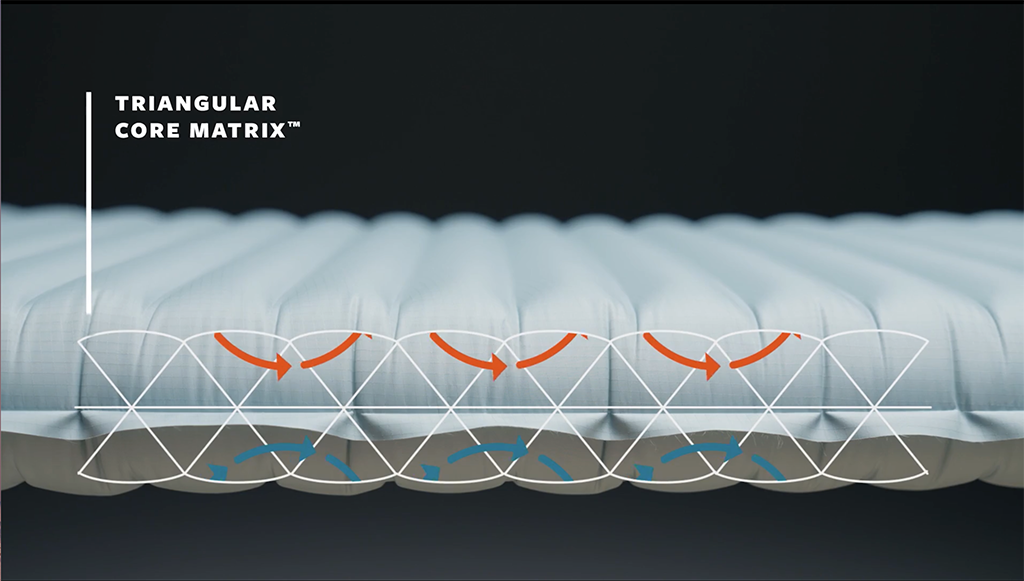
Triangular Core Matrix™
This patented technology utilizes two stacked layers of triangular baffles to create an incredibly stable sleep surface while minimizing the convective heat loss that plagued every air pad that come before. It’s the key to our most advanced NeoAir pads. Though both feature the same core construction, they are significantly different in warmth due to ways we deploy ThermaCapture technology within each mattress.
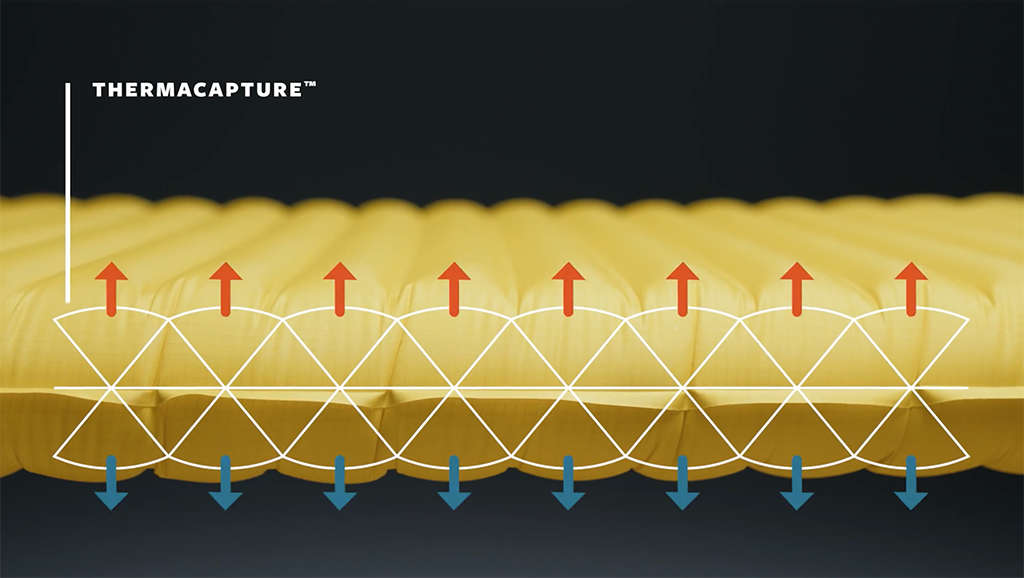
ThermaCapture™
Our proprietary reflective coating radiates heat back to your body, significantly boosting warmth with virtually no added weight. It can be used as the inside coating to the pad’s fabric or as a layer (or layers), strategically sandwiched inside the Triangular Core Matrix. You can actually feel the immediate, radiant warmth of these layers, just by laying on a mattress like the ultra-warm NeoAir XTherm™, which boasts multiple layers. In fact, a single ThermaCapture™ layer can boost warmth by up to 50%. ThermaCapture, combined with Triangular Core Matrix Construction, is responsible for the unmatched warmth-to-weight ratios of our warmest NeoAir sleeping pads.

WaveCore™
An alternative to Triangular Core Matrix™, this technology is a single layer of horizontal wave baffles that slows convective heat loss. This core construction can also be integrated with ThermaCapture™ to boost warmth.
NOTE: Because our Fast & Light NeoAir pads are built with minimal weight and compactness as a priority, they are constructed with thinner materials and inherently lower durability than a heavier mattress. Thankfully, repairing them is typically as easy as a peel-and-stick patch in the field. Be sure you’re dialed on how to repair yours before you head out on a trip.
Self-Inflating Pads
Over 50 years ago, Therm-a-Rest invented the first self-inflating pad out of the simple need for a better night’s rest under the stars. Since that time, our self-inflating pads have remained mainstays in gear closets everywhere, representing some of the most popular and trusted pads on the market.
Just as with our Air Pads, we offer a self-inflating pad for everyone from the fast and light backpacker to the comfort-oriented car camper. The simplicity of unrolling the mattress, opening the valve, and only adding a few breaths to dial in your perfect comfort level is appreciated by anyone headed outside. Other key benefits are that these pads are filled, to varying degrees, with foam, offering some level of insulation at any inflation level. In addition, some people prefer how quiet and stable these mattresses are. And finally, because the construction of these pads is more straightforward than our magic-infused NeoAir’s, self-inflating pads are typically an easier entry point for new campers, presenting a great relative value at every performance point.
Key construction technologies in our self-inflating pads include open cell foam, pressure mapping and StrataCore™.

Open Cell Foam
Open cell foam was used in our very first pad and is still what makes the whole idea of self-inflation work. When the valve is opened on a compressed pad, the foam has a “memory” of its uncompressed state and expands. This pulls air in, “self”- inflating the pad. Because the cell structure itself is air-permeable, the air can be pressed and forced out when you break camp, packing to a fraction of its inflated size. The foam also provides excellent stability across the entire surface of the mattress.

Pressure Mapping
One benefit of open cell foam is the consistent and durable support it offers in a sleeping pad. Pressure Mapping takes it a step further by using pressure-sensitive measurements to vary the density of the foam in specific areas, providing support where the body needs it most and reducing it where it doesn’t to reduce weight and increase packability. We do this via selective coring of the foam, creating a more open pattern for low-pressure areas like your waist, and a denser pattern for high pressure areas like your hips and shoulders. Overall, this results in targeted comfort with a lighter and more compact sleeping pad overall.
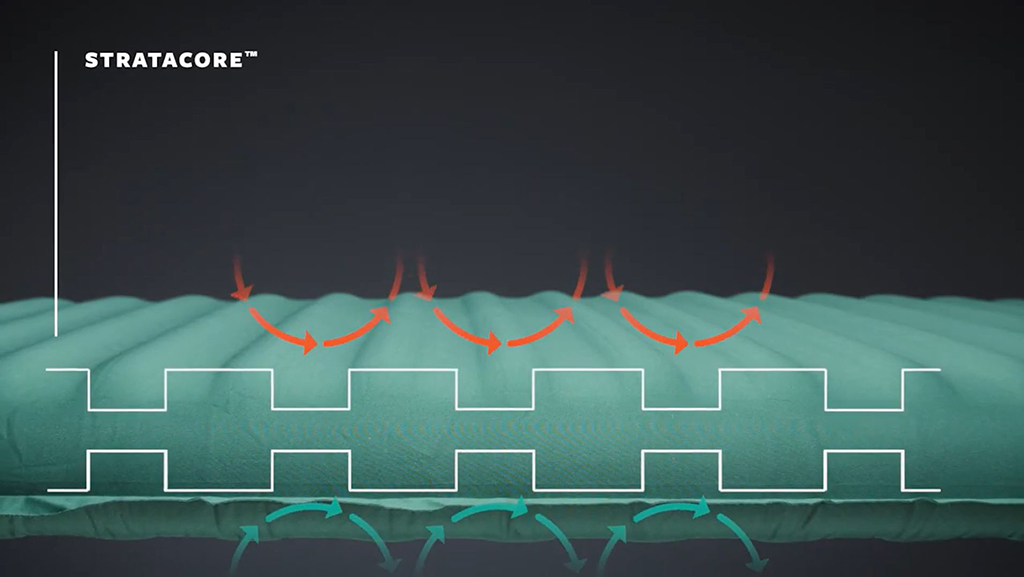
StrataCore™
StrataCore uses a continuous, central layer of foam capped on either side (top and bottom) by alternating channels of air and foam, as featured in our game-changing ProLite™ Apex™. The result is category-leading warmth-to-weight ratios, combined with exceptional packability. While we have reduced bulk in the past with vertical cores removed from the foam, StrataCore reduces these channels entirely, eliminating any direct paths for convective heat loss and achieving the holy grail of an extremely light, stable and warm self-inflating mattress.

Closed Cell Foam
Closed Cell Foam is much denser than open cell foam because its cells are airtight. That means a much thinner slab of it can provide more support, but it can’t be compressed – only rolled/folded up. But what our closed cell pads lack in compressibility and high-loft comfort, they more than make up for with their two primary benefits: Light weight and unbreakable durability. That’s right, these pads can be torn, punctured–even cut in half–and still be useful, if not slightly smaller.
Our lightest closed cell pads (the Z Lite™ and he Z Lite SOL™) are so light and so reliable, they have become the standard issue for long trail thru-hikers that need ultralight and ultra-simple solutions for essential comfort. Closed cell foam is also heat-moldable, and these pads feature our iconic, accordion egg-crate pattern that brings a trifecta of benefits: better packability, added comfort and added warmth.
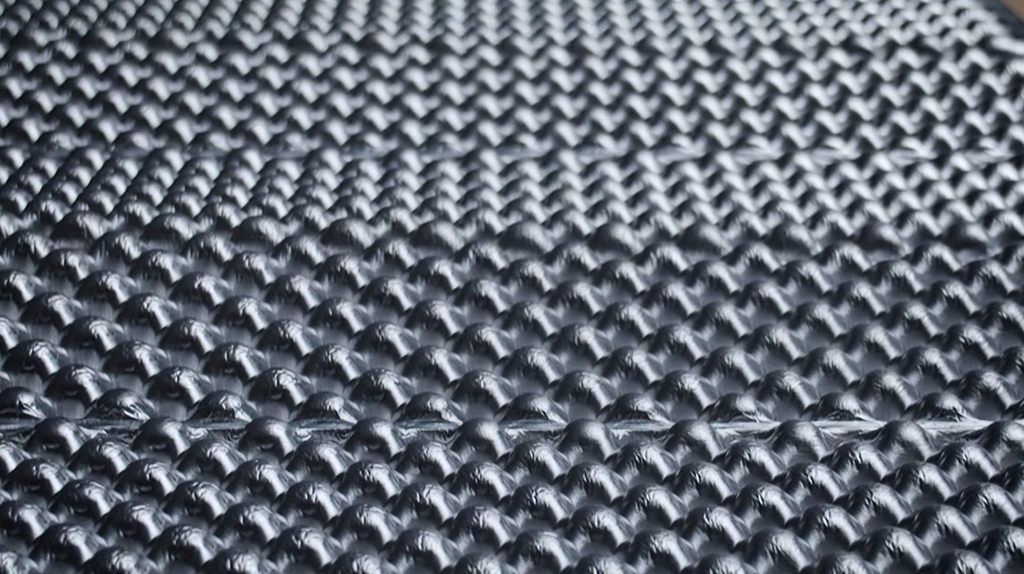
Our original closed call pads, the RidgeRest® Classic, and the RidgeRest® SOLite, are designed with heat trapping peaks and valleys to boost insulation while maintaining surface durability. They don’t pack down quite as small and are a bit denser overall, but remain one of the most popular “first” mattresses for their value and unquestionable durability.
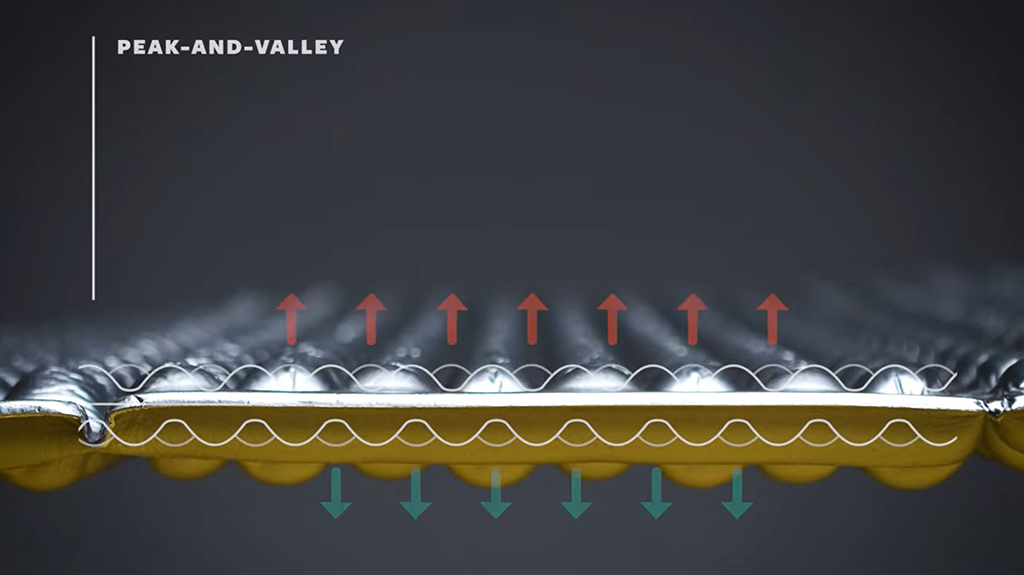
That’s your road map to finding the right sleeping pad for your next adventure. Do a little thinking about the things above and reach out to us, friends, your local retailer, or online activity group with any questions. Hopefully we’ve provided you with the basic essentials for choosing the right sleeping pad to get you outside, with the right amount of comfort and warmth, for your style of play.
How to Choose a Sleeping Pad Infographic
If you’re more of a visual learner, here’s a helpful guide:
Related Posts:
- The Ultimate Guide to Therm-a-Rest Sleeping Pads
- The Benefits of Having Multiple Sleeping Pads
- The WingLock™ and TwinLock™ Valve
Updated. Originally Published December 25, 2019.
